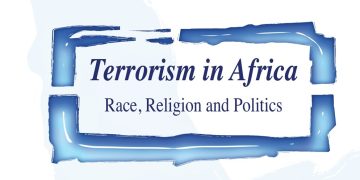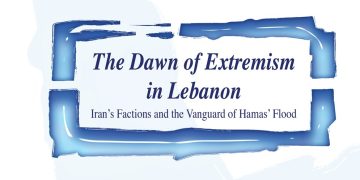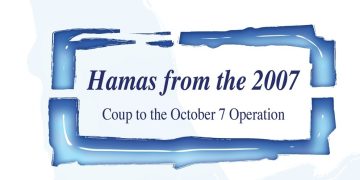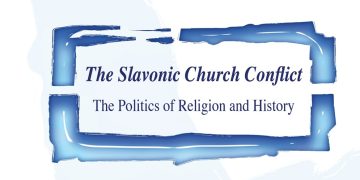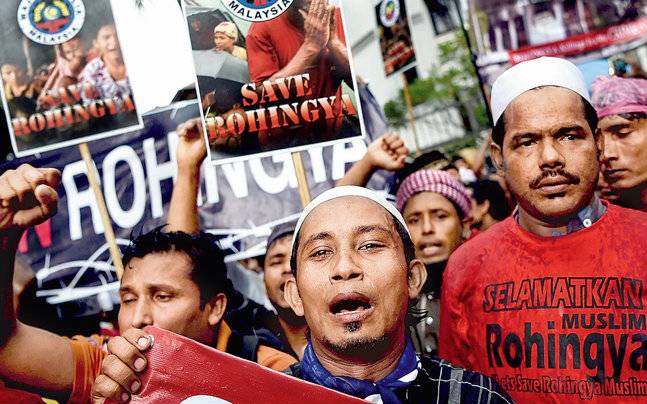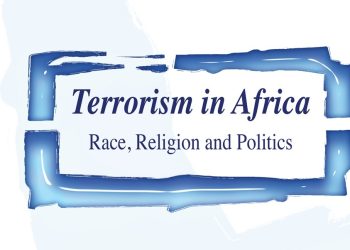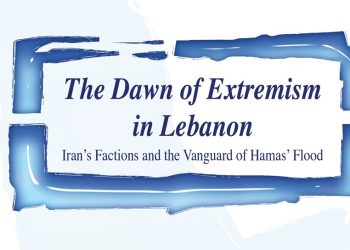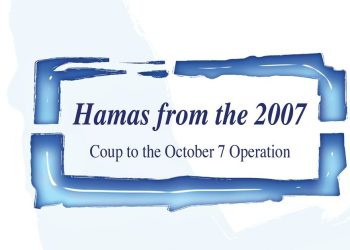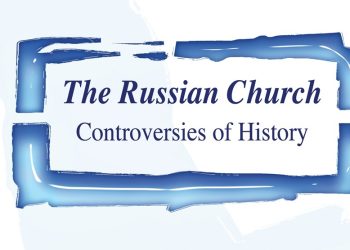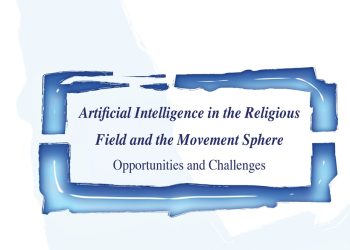Crises in human societies manifest in political, social, and religious dimensions. Mismanagement of such crises, however, compounds their impact on the affected societies and prolongs the tensions, while the precipitating factors — and the beneficiaries of such crises — are often skirted. Wars, violent turbulence, and sudden transformations also shape popular memory. To understand Muslim crises, and to prevent political, religious, or regional exploitation by any element, it is important to comprehend all their aspects.
Al Mesbar’s 119th monthly book, Major Muslim Crises: History, Memory, Recruitment ,sheds a light on contemporary cases in point across the Middle East, Asia, and Africa. The book opens with a reading of the Palestinian cause as experienced by prevalent Arab Muslim mindsets. It asked why the cause has been largely hijacked by Islamism. The book goes on to examine the crises of the Uyghur in China, The Rohingya in Myanmar, and rival factions in Central Africa parsing the details of crisis management, and mismanagement. The study also considers the history of Muslim-Jewish relations in Islamic civilization. Over numerous periods, Jews were treated as second class citizens making them an easy target broader crises broke out.
The Palestinian question emerged amid the collapse of the Ottoman Empire and birth of new ethnic and national ambitions. As Arab nationalism began to decline as a broader galvanizing cause, Islamism became the dominant overlay in Palestinian politics, spurring a weakening of the population’s struggle. It deepened the intra-Palestinian divide, embroiled the cause in other regional disputes, lost considerable international support, and damaged the moral humanitarian case for a resolution to benefit the population. As in other disputes in the Arab and Muslim world, a “conspiracy narrative” also emerged, atrophying the Palestinians’ sense of agency and breeding passivity in its stead.
Xinjiang province in East Turkmenistan is opaque to outsiders. Before being officially annexed to communist China in 1990, the Uyghur revolted several times, attempting to establish an independent state. But their ambitions were dashed due to the robust and effective policies of Chinese expansionism. Our study of the matter examines the roots of the Uyghur crisis. As in the prior chapter, it asks how an ethno-political cause assumed a religio-political hue, transforming a historically tolerant society into a place of xenophobia and strict religious impositions. Recent years have seen a growing desire on the part of Uyghur to apply Sharia to their territory, while Beijing’s campaign to eradicate extremism in the area has increased poverty, youth unemployment, and disenfranchisement.
The book also features two studies of the Rohingya in Myanmar’s Rakhine province. The first finds, through historical analysis, that the Rohingya have been wanting for a unifying identity. Religion, in an area inhabited by sizable Buddhist and Muslim communities, has not provided one. Instead, the vocabulary of race and racism has been inaccurately applied by local opposition activists in an attempt to galvanize the population. Buddhist Rakhines have rejected the separatist ambitions of their Muslim neighbors. The second paper on the Rohingya discusses the radical Buddhist movement “969,” examining its ideological roots and present-day role in stoking internecine conflict.
In the Central African Republic, Muslim crises are no less intractable. Though the struggles are often described in terms of Muslim-Christian conflict, their roots lie more in problems wrought by the absence of good governance. Other factors include the legacy of colonialism, economic disparities, and geopolitical pressures. Rival political elements and their militias have exploited these grievances, using a sectarian narrative to gain power and influence. The paper concludes that attacks by the so-called “Seleka,” for example, are framed by the actors in terms of a religious struggle to defend the Muslim community but in reality are a political struggle that uses religion to gain leverage. The anti-Balaka, one of the most radical movements in the Central African Republic, came as a response to the Seleka’s violations after it consolidated power in 2013. The author sheds light on its establishment, aims, formation, ideologies, and how it threatens the stability of the country. Combating the anti-Balaka and other radical trends, he believes, require credible and resilient government institutions that do not discriminate on the basis of identity.
The crisis of religious tolerance is itself of major importance today as hate speech appears to be prevailing globally. Coexistence among differing groups, however, is difficult to realize without religious reform. One of the papers in our books addresses the obstacles facing the effort to spread tolerance in the Arab and Muslim world through a reading of how greater religious tolerance was achieved in Europe. In publishing it, we hope to provide insights for our readers by drawing lessons from the positive experiences of others.
The Sunni-Shi’ite conflicts that have spread across Arab societies reflect a combination of contemporary crises loaded with historic discontent. From a historical standpoint, as the book shows, the struggle may be said to have gone through multiple phases two phases: the 4th through the 7th centuries after the Hijra, followed by the 9th through the 11th; and finally, the present one, which began in the middle of the 15th century after the Hijra. In its present iteration, the conflict is exacerbated by a combination of geopolitical pressures and a failure on the part of host governments to effectively manage ethnic and religious diversity within their borders.
One of the studies seeks to put this long, tragic chronology in perspective, with a focus on the impact of a range of historical conflicts on present-day Arab and Muslim collective memories. It considers the Crusades (1096-1291), the fall of Baghdad (1258), the famines and epidemics of the Fatimid and Ayyubid eras, the fall of Granada, Napoleon’s invasion of Egypt in 1798, the fall of the Ottomans, and the collapse of the Caliphate in 1924. The paper considers how the memory of these scars has affected present-day politics. The conclusion of the paper can be summed up by an ominous utterance by German philosopher Fredrich Hegel: “We learn from history that we do not learn from history.”
The center would like to thank all the authors who contributed to the book — and, in particular, our colleagues Rita Faraj and Omar Bashir Al Turabi, who coordinated this edition.
Editor-in-Chief


